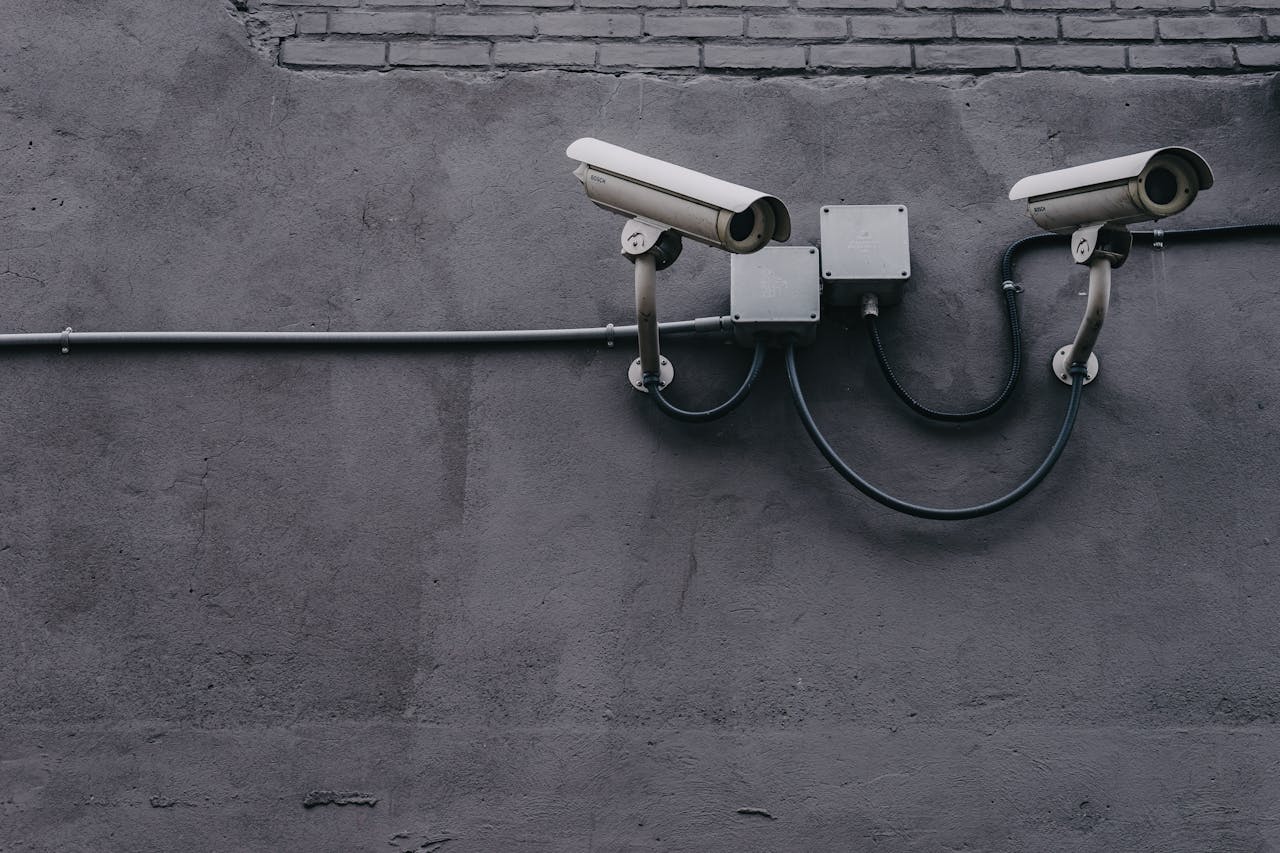Campus Living, Life on Campus, Protection
How Technology Is Changing Campus Safety and What You Need To Know
Sam Bowman

Campus safety concerns have grown sharply in recent years as schools face new threats that didn’t exist a decade ago. In 2023 alone, nearly 42,000 campus crimes were reported, according to data from the U.S. Department of Education. This troubling trend has pushed universities to look beyond traditional safety measures like the familiar blue light emergency phones that once dotted college walkways.
Those standalone emergency stations, while iconic, now represent just a small part of more comprehensive safety networks. Many schools have already begun phasing them out in favor of mobile solutions and integrated security systems that match how students communicate today.
Understanding these new safety technologies matters because they directly affect your daily campus experience. The systems watching over you, alerting you to dangers, and collecting your data are changing rapidly, often with minimal student input or awareness.
The Rise of Smart Safety Systems on Campus
Modern campus safety has gone digital. Rather than relying solely on physical emergency phones, schools now deploy multi-layered systems that can reach you wherever you are.
Take Northeastern University‘s approach, for example. They’ve implemented a campus-wide alert system that can send emergency notifications to thousands of students simultaneously through text, email, and app alerts. When a security incident occurs, the system can notify the entire student body within seconds, potentially saving lives.
Other schools have installed networked security cameras with real-time monitoring capabilities. These systems connect directly to campus police, allowing officers to respond to incidents before someone even calls for help. Smart ID cards also control building access across many campuses, creating electronic logs of who enters secure areas and when. This helps security teams track unusual activity patterns and respond more quickly when problems arise.
Surveillance Technology and Student Privacy
AI and analytics enhance surveillance across modern campuses in ways that weren’t possible even a decade ago. Artificial intelligence is significantly optimizing law enforcement surveillance systems, helping identify patterns, track individuals, and analyze crowd behavior immediately.
Some universities have begun testing facial recognition systems to control access to dorms and labs. The technology could also work for classroom attendance tracking, but student pushback may delay these tools from moving forward.
There are clear benefits to this type of technology, which can spot potential threats before they escalate and help campus security respond more precisely to emergencies. But they also raise serious questions about privacy.
When you walk through campus today, cameras and tech might record, analyze, and store your movements. Many students report feeling uncomfortable with constant monitoring, leading to what security experts call “surveillance fatigue,” a tendency to ignore or work around safety systems that feel too intrusive.
Legal Rights and Realities
Your rights regarding safety and surveillance aren’t always clear on campus. Public universities must balance safety needs with Fourth Amendment protections against unreasonable searches. Private universities have more leeway but still must follow their published policies. But safety also includes your right to a learning environment free from harassment and discrimination.
Title IX protections play a crucial role in campus safety frameworks. These federal regulations require schools to prevent and address sexual misconduct, maintaining safe educational environments free from gender-based discrimination. They guarantee your right to attend school safely, with clear reporting procedures when incidents occur. As a result, schools must take reports seriously, investigate promptly, and provide support measures like counseling or academic accommodations to those affected.
Building Safer, Healthier College Communities
Technology alone can’t create a safer and healthier campus without student involvement. The most successful safety programs combine high-tech tools with strong community networks.
Peer escort services run by student volunteers have proven remarkably effective at reducing assault risks. At some campuses, students volunteer to walk fellow students home late at night, reducing vulnerable solo trips across campus. Student-led bystander intervention programs also teach practical skills for safely interrupting potentially dangerous situations. These programs have shown measurable success in reducing sexual assaults and alcohol-related emergencies.
Off-Campus Awareness and Community Safety
When choosing housing or deciding where to spend time, asking “Is your college town safe?” matters just as much as on-campus security. Some college towns are more dangerous than others, so finding the right place is essential for your safety.
Crime mapping tools like SpotCrime or CrimeReports show recent incident patterns near campus to help you make informed decisions about which areas to avoid, especially at night. Many college neighborhoods have also created WhatsApp or GroupMe chats where residents share safety alerts and check on each other. Consider starting or joining one for your building to create an instant security network.
Also, see if any local businesses participate in safe space programs, which offer temporary refuge if you feel threatened while moving around the community. Look for window stickers identifying these locations around your college town.
Future Campus Trends: What To Expect
Campus safety technology will continue to evolve, which will hopefully make campuses safer than ever. Several universities have begun testing drone surveillance systems that can quickly respond to emergency calls, arriving on the scene to assess situations quickly while emergency response teams are on their way.
Wearable emergency buttons are also becoming more commonplace at colleges. They connect directly to campus police and use GPS to pinpoint your exact location when activated. As biometric access systems become more sophisticated, you can expect them to replace outdated key card access in sensitive campus areas.
Get Involved To Improve Campus Safety
As these technologies roll out, your awareness and input matter more than ever. Take time to learn about new safety systems when they’re announced. Attend campus safety presentations, ask questions about data privacy, and read the fine print on security policies. Your engagement helps ensure these tools protect rather than just monitor you.
SEE ALSO: Fostering a Connected Campus: Why Colleges Should Use Text












